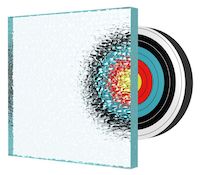Our roadmap article on “Wavefront Shaping and Deep Imaging in Complex Media” has just been published online in JPhys Photonics. This piece involved 45 authors from 36 institutions in 12 countries – many thanks go to Sylvain Gigan and Ori Katz for coordinating this roadmap!











